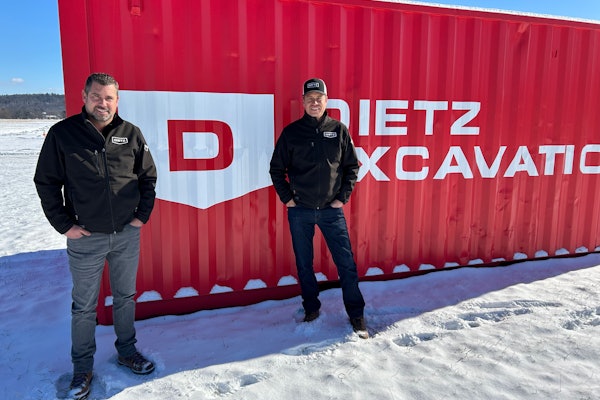One of the issues I had with the stimulus bill passed by Congress in February is that it isn’t going to do much at all to stimulate the economy. It’s mostly the just the government printing more money and doling it out to their favorite recipients — and most of those people are already government employees. Roadbuilding and infrastructure only got 7 to 9 percent of the $825 billion and that’s barely enough to cover the potholes we have.
The government can use economic policy to stimulate the economy, but not all federal dollars stimulate equally. The federal interstate program created a lot of construction jobs, but it did far more than that to stimulate the economy by promoting unfettered access and the low-cost distribution of goods and services across the 48 contiguous states. California lettuce growers got access to East Coast supermarkets, and companies like FedEx, Wal-Mart and Amazon would have never gotten off the ground were it not for this amazing distribution system. Compound that by millions of businesses and entrepreneurs and you have decades of robust economic stimulus. By contrast February’s stimulus bill will prove to be little more than a flash in the pan.
What little hope I have for effective government stimulus is coming from the states. I particularly like this construction proposal from North Carolina to build a pier and aquarium at Nags Head. The $25 million project will create about 500 jobs for the duration of construction. But far more important is what happens once the project is complete Hundreds of thousands of visitors will come each year and spend money, spur more growth and bolster the region’s tax base. That’s the multiplier effect that legitimate government stimulus spending can have on the economy and it ought to be one of the criteria for any such spending.
Back in the early part of the 20th century the San Antonio River was a muddy, meandering trickle and the Alamo was a dusty, crumbling ruin. The city fathers wanted to fill in the river and tear down the Alamo, but better ideas intervened. FDR’s Civilian Conservation Corps and the Works Progress Administration helped create the San Antonio Riverwalk and restore the Alamo and the combined attractions today draw millions to the city every year.
That’s how you stimulate the economy–give the public something they can use and enjoy–rather than what we’re doing now, which is to give one party’s favorite voting blocks wads of cash and then charge it to future generations.
If you know about similar construction projects proposed or ongoing today that have this kind of multiplier effect, send me an e-mail at [email protected] and I’ll mention them on the blog.









